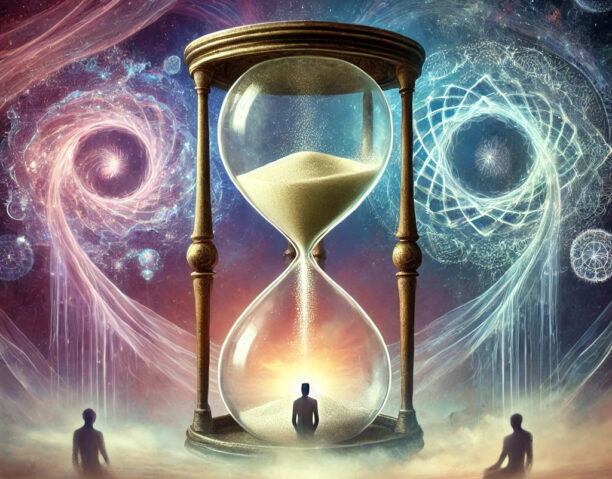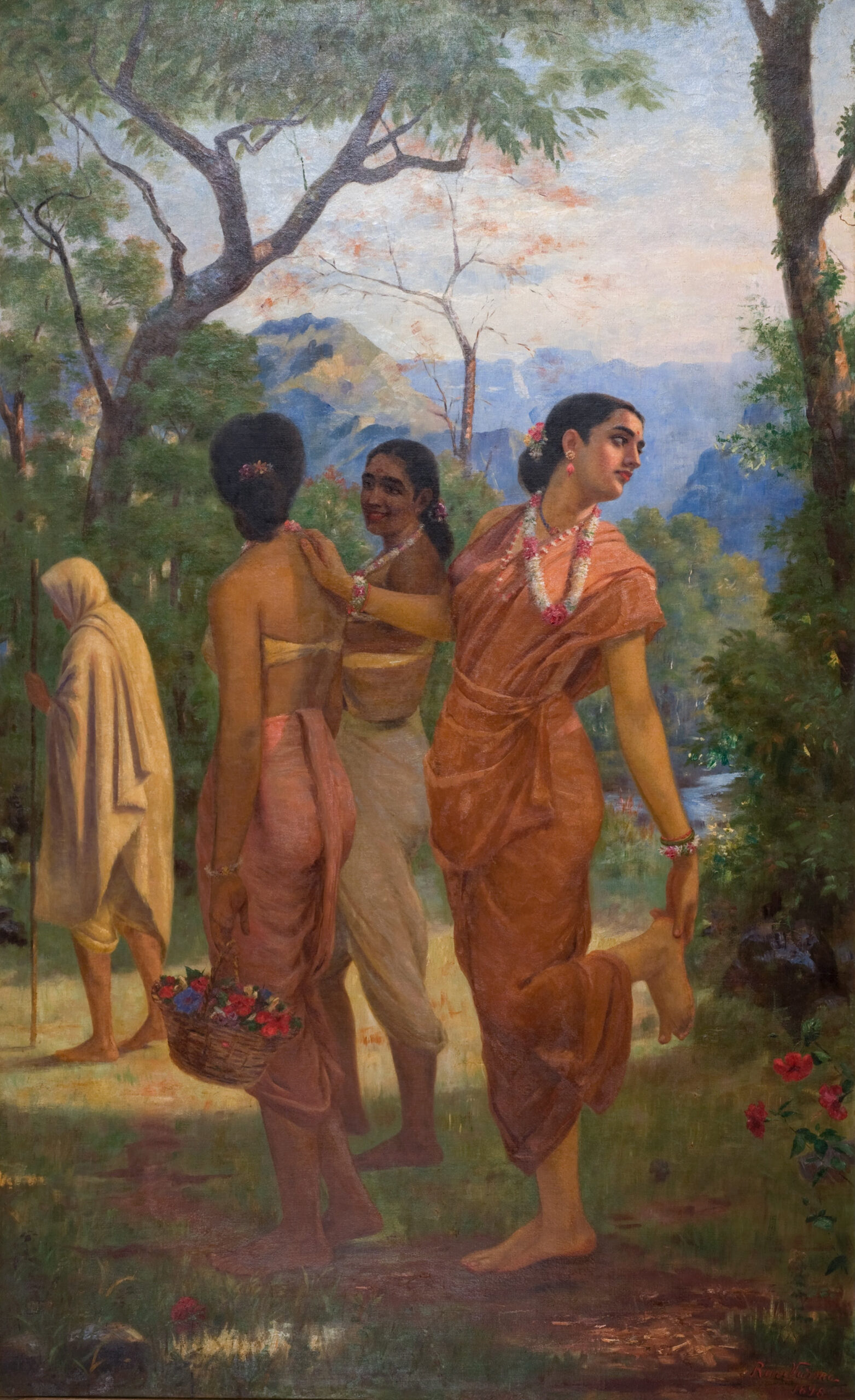The Cycle of Time:
They say history repeats itself—and while that may sound like a cliché, there’s profound truth behind this idea. In everything from global events to everyday life, patterns and experiences seem to cycle through time, reminding us that what once happened will often happen again. Whether it’s the rise and fall of empires, trends in fashion, or personal struggles, there’s a mysterious and fascinating repetition woven into the fabric of history. This article explores the ways in which history repeats itself, showing how recognizing these patterns can offer us valuable lessons for the future.

The Rise and Fall of Civilizations: A Timeless Cycle
One of the most striking examples of history repeating itself is the rise and fall of great civilizations. Throughout history, mighty empires have risen to power, only to collapse under the weight of internal struggles, external threats, or a combination of both.
Take the Roman Empire, for instance. At its height, it controlled vast swaths of land across Europe, Asia, and Africa, but it eventually fell due to internal corruption, economic troubles, and invasions from foreign tribes. Centuries later, the British Empire followed a similar trajectory, expanding its reach around the world before being weakened by wars, resistance from colonies, and economic strain.
In modern times, some wonder if the same patterns could apply to today’s global powers. As nations grow, they often face similar challenges—political conflict, economic inequality, and social unrest. The lesson here is that no matter how powerful a nation may seem, it’s vulnerable to the same historical forces that brought down empires of the past.
Lucid Dreams: Your Gateway to a World of Limitless Possibilities 1
Economic Booms and Busts: The Repeating Cycle of Wealth, The Cycle of Time
Another example of history repeating itself can be seen in the world of economics. Economic booms and busts have occurred throughout history in regular cycles. Economists call this the “business cycle”, but at its core, it’s a repeating pattern of prosperity followed by recession.
Consider the Great Depression of the 1930s. After a period of economic growth in the 1920s, excessive speculation in the stock market led to a crash in 1929, followed by years of economic hardship. Fast forward to 2008, and a similar event occurred—the global financial crisis. Once again, excessive risk-taking in financial markets led to a worldwide recession.
The cyclical nature of economies serves as a reminder that prosperity is often temporary, and periods of growth can be followed by downturns if caution and balance aren’t maintained.
Trends in Fashion: Everything Old is New Again
When it comes to fashion, the idea that history repeats itself is quite literal! Fashion trends that were once considered outdated often make a comeback years, or even decades, later. Bell-bottom jeans, which were a major hit in the 1970s, reappeared in the early 2000s as a trendy fashion statement. Vintage clothing from the 1980s and 1990s has become popular again among young people today, proving that fashion is constantly recycling itself.
Even the classic styles of past decades, like the clean-cut suits of the 1950s or the rebellious leather jackets of the 1960s, continue to influence modern fashion designers. This repetition shows that our sense of style is deeply connected to the past, and that trends often come full circle.
Wars and Conflicts: Echoes of the Past
Wars and conflicts are perhaps the most tragic examples of history repeating itself. Throughout history, we see nations and groups locked in conflict over similar issues—territory, power, and ideology. Despite the lessons learned from past wars, humanity often finds itself repeating the same mistakes.
For instance, the First World War was followed by the Second World War just two decades later, despite the widespread desire for peace after the first conflict. Both wars were fueled by nationalism, economic instability, and a quest for dominance.
Even today, we see echoes of past conflicts in the wars and tensions around the world. The repetition of these patterns reminds us of the importance of learning from history, so we don’t continue to make the same mistakes that lead to unnecessary suffering.

Personal Patterns: How Our Lives Mirror History
On a more personal level, the concept of history repeating itself plays out in our own lives as well. Many of us find ourselves repeating patterns of behavior, whether it’s in relationships, career choices, or habits. Often, these patterns mirror the experiences of our parents or grandparents, showing that our personal histories are just as cyclical as those of nations or civilizations.
For example, someone who grows up in a family where financial struggles are common may find themselves repeating similar patterns of financial instability unless they consciously break the cycle. Similarly, people often notice patterns in their relationships—finding themselves drawn to the same types of partners or repeating the same mistakes, despite wanting different outcomes.
Recognizing these personal patterns is key to breaking free from them. By reflecting on our past, we can learn to make different choices and avoid repeating negative cycles.
https://topnewssurf.com/the-gift-of-deja-vu/
Cultural Repetition: The Timeless Themes of Stories and Art
History also repeats itself in the stories we tell and the art we create. Throughout human history, we have been drawn to similar themes in literature, music, and visual art. Tales of love, loss, heroism, and betrayal are as old as time, and yet we continue to revisit these themes in modern storytelling.
The myths and legends of ancient cultures still inspire contemporary movies, books, and music. Consider how the classic Greek tale of Homer’s Odyssey—a story about a hero’s journey home—resonates in modern movies like The Lord of the Rings or Star Wars, where characters embark on epic quests.
This repetition of themes in art and culture shows that, at our core, human experiences are universal and timeless. The emotions and struggles of people thousands of years ago still resonate with us today, reminding us of our shared humanity.
Learning from Repetition: History as Our Teacher
While the idea that history repeats itself might seem daunting, it can also be empowering. If we recognize the repeating patterns in history—whether in economics, politics, or personal life—we can use that knowledge to shape a better future. After all, as the philosopher George Santayana famously said, “Those who cannot remember the past are condemned to repeat it.”
By studying history, we gain insight into what works and what doesn’t. We can learn from the successes and failures of those who came before us and make smarter choices in our own lives. Whether it’s avoiding the mistakes that led to war or understanding the cycles of the economy, history offers valuable lessons if we choose to listen.
The Cycle of Time
https://www.goodreads.com/book/show/7947434-cycles-of-time
Conclusion: Embracing the Patterns of the Past, The Cycle of Time
History’s tendency to repeat itself reminds us that life is cyclical, not linear. Whether we’re looking at the rise and fall of empires, the Cycle of Time, the cycles of the economy, or the patterns in our personal lives, recognizing the repetition allows us to better navigate the present and shape the future. Instead of fearing the past’s influence, we can embrace it as a guide, helping us avoid pitfalls and seize opportunities that others may have missed.
So the next time you see a trend come back, notice a familiar mistake being made, or feel like your life is following a pattern, remember—you’re part of a grander cycle, one that has played out many times before and will continue to do so in the future.





One thought on “The Cycle of Time: The Unbreakable Cycle of how History Repeats Itself in Powerful Patterns and Life 1”